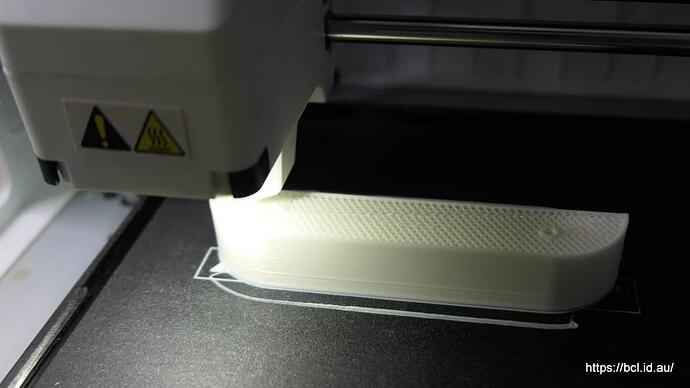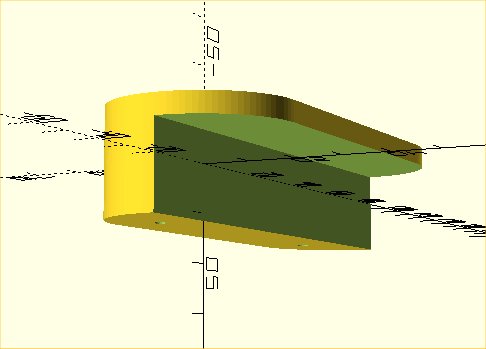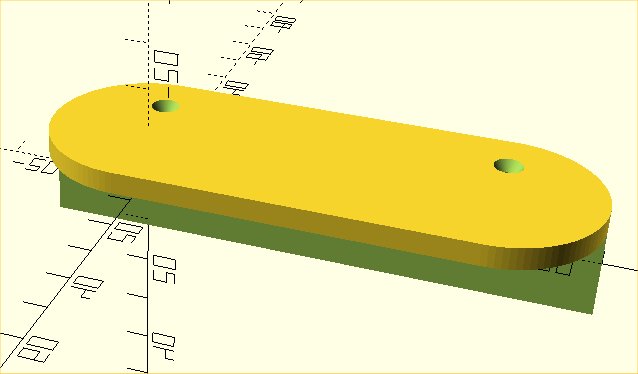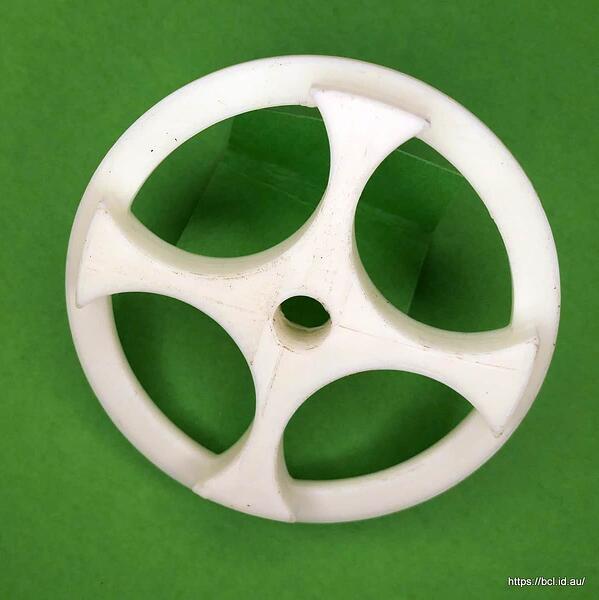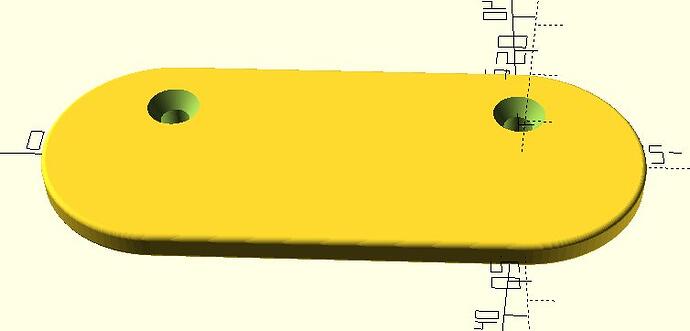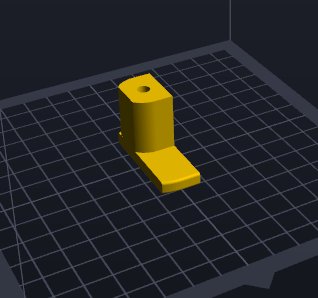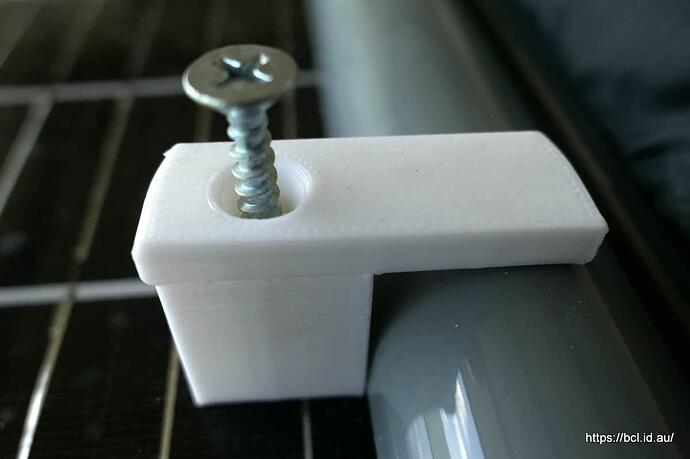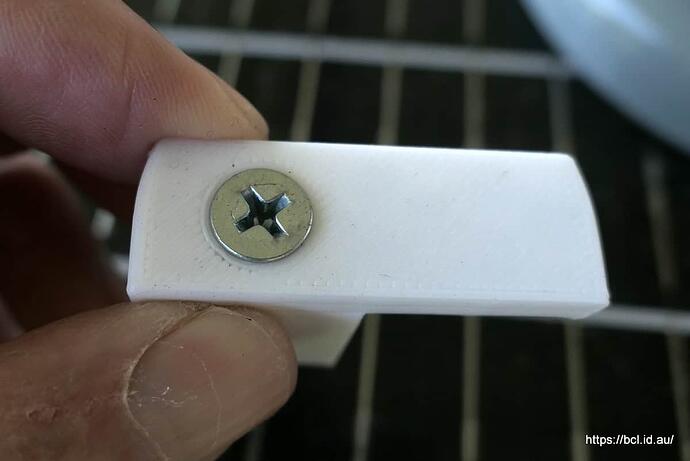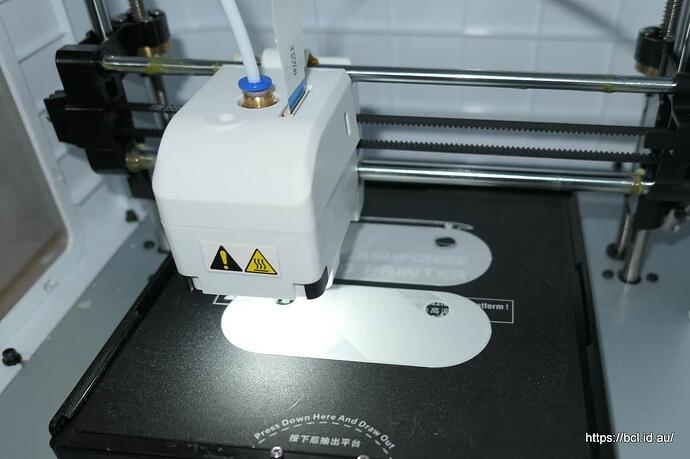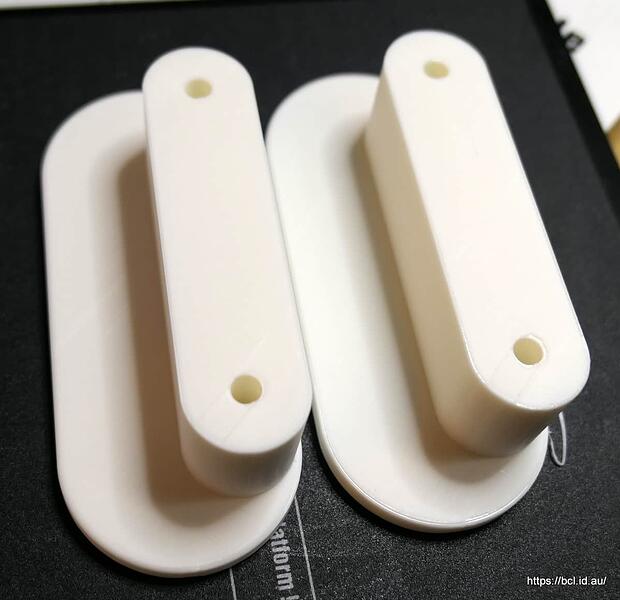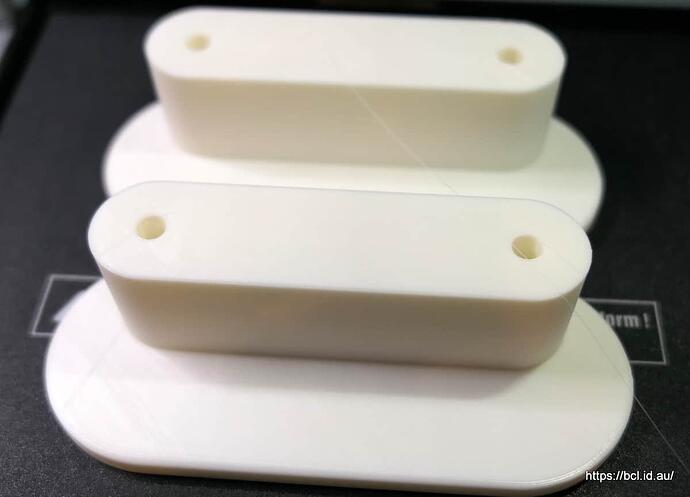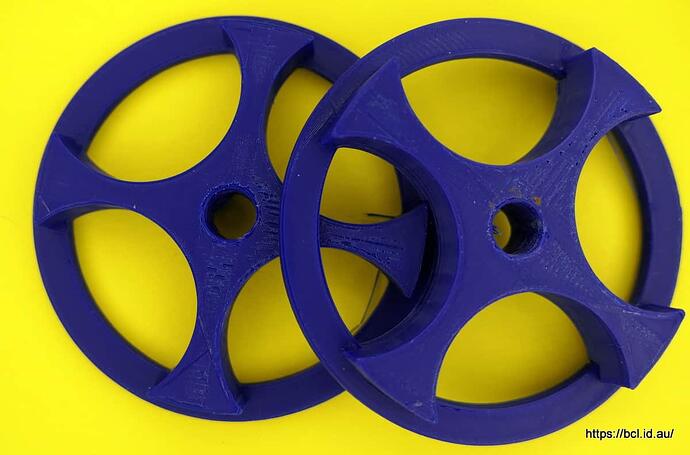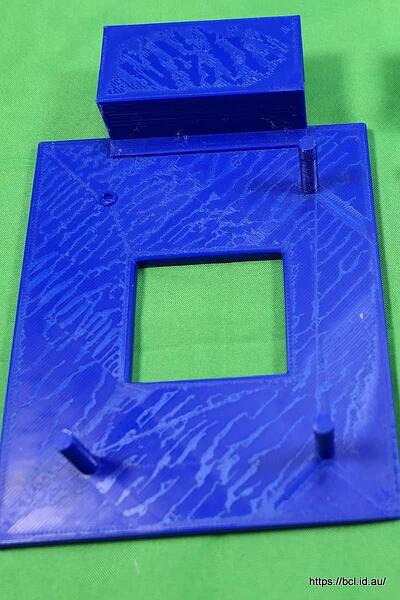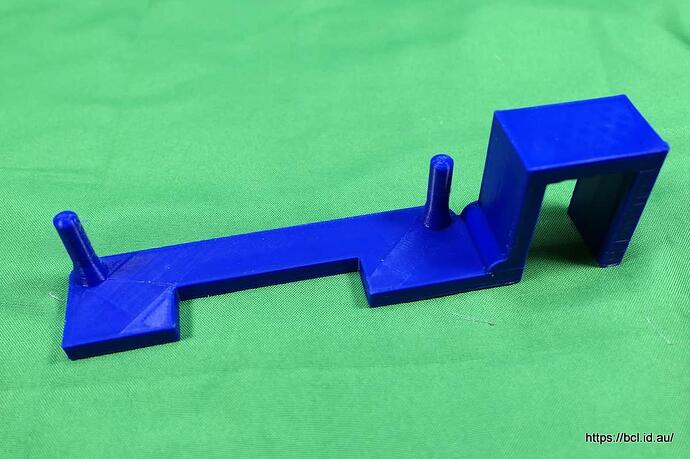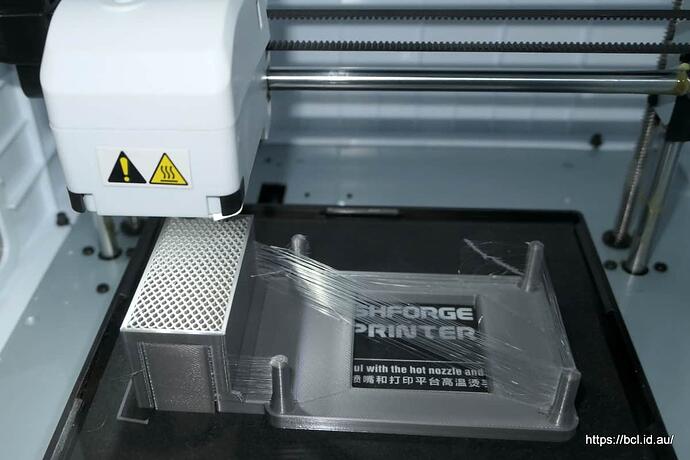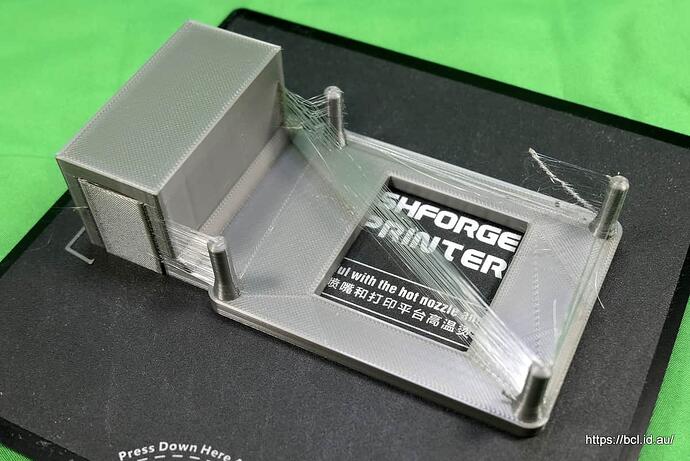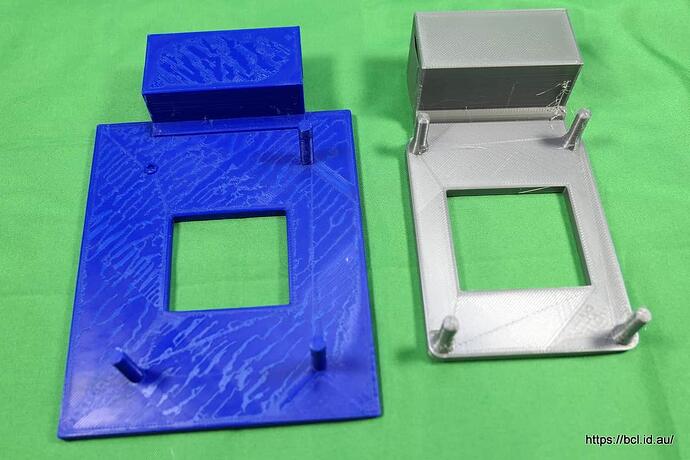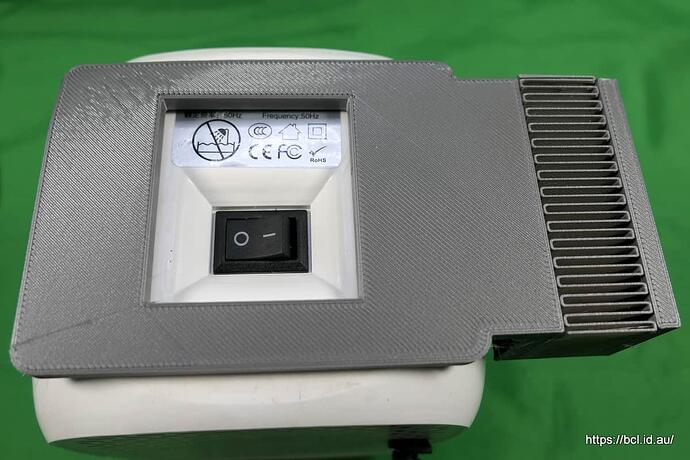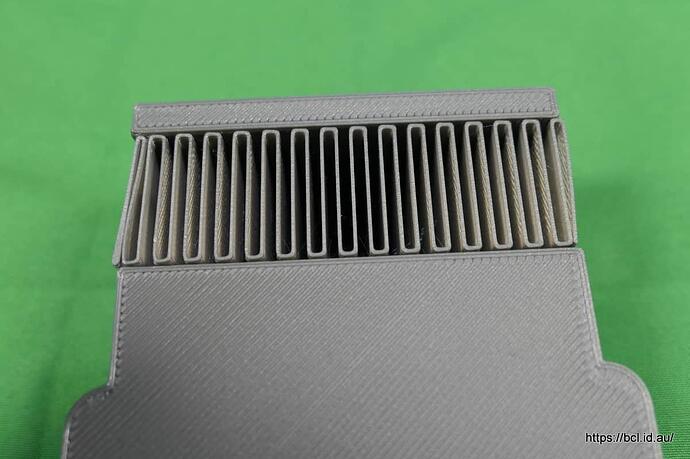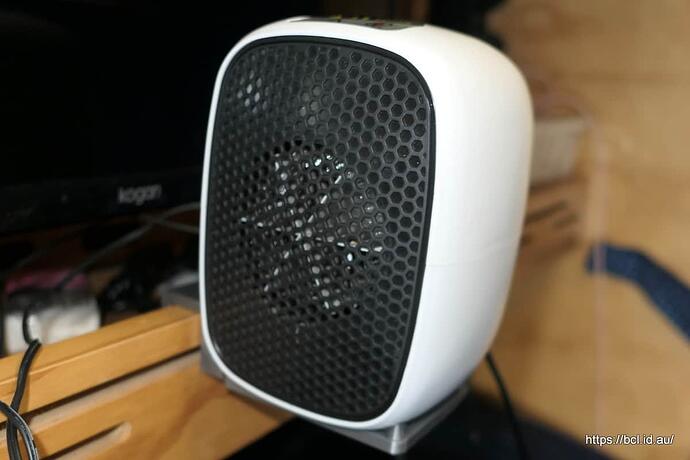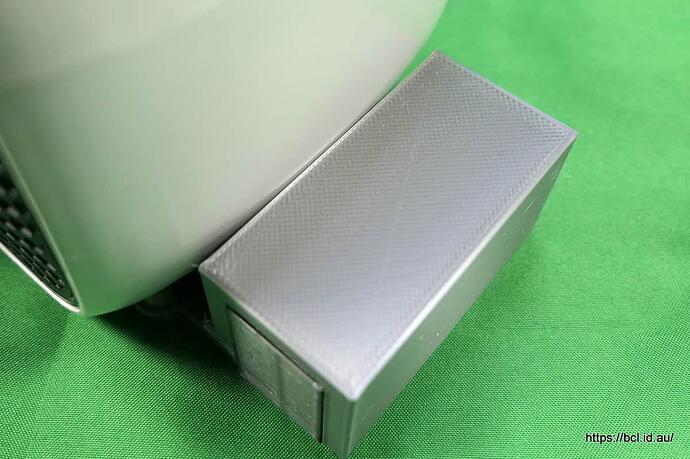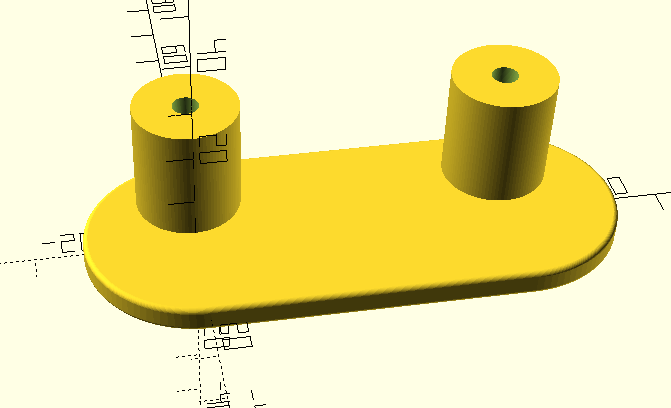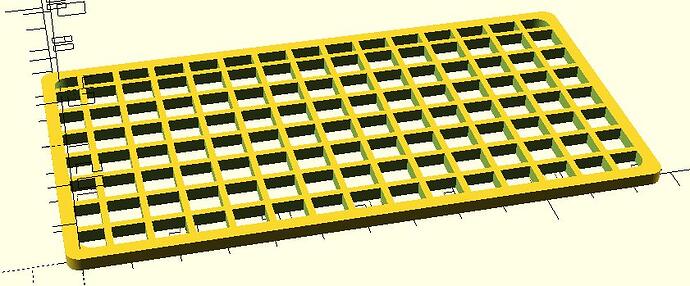Made a blue today.
A while back I thought that my camper needed somewhere to store a stable table that I use in the cabin. I am not sure what they are called in the UK but they are a tray with polystyrene beads in the base to sit on your lap. Like this:
I designed a bracket that would hold one under the shelf (needs two brackets) and printed a small prototype - I always do this if there is fit criteria - just a small piece of the whole to test the design and fit. It looked fine.
Loaded the whole thing into the slicing software (transforms the CAD design into instructions for the printer) and found it didn’t fit on the bed, it was a tiny bit too large. Experimented with the transform and scaled it to fit. Then I made my first mistake I transferred the sliced file to the machine but didn’t print it. This all happened months ago.
Anyway today was another wet miserable day and I was messing about in the car port with my camper when I remembered the idea for the bracket. Looked at the printer, there was the file so I set if off printing forgetting the details.
Four hours later I took the finished product out of the machine - why it took so long is another part of the tragic tale.
Of course the damn thing didn’t fit! it was about 1 to 2 mm too low - you’d have had a lot of trouble getting the tray in.
The screw holes had shrunk too ![]()
The reason it took so long to print was, that, for reasons I don’t remember, the fill was set to 70% whereas less than 50% would have been fine. You can just about see the close fill pattern here.
I was very peeved with myself. Now I am in two minds about just adjusting the length measurement to the full size model so it fits on the printer bed (easy fix) or redesigning it (I have a different idea for it)
Wasted day - though I do have a prototype of something else printing now.



